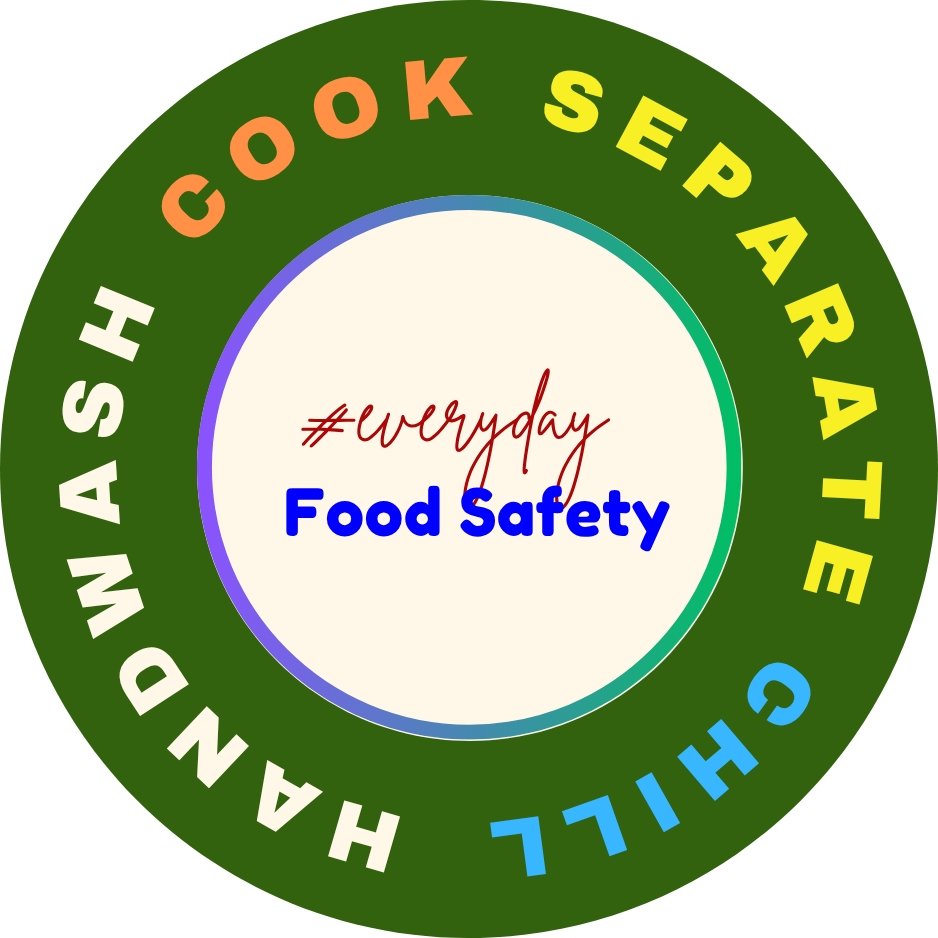Everyday Food Safety
Food Warehouse: The Heart of Safe and Efficient Distribution
What is a Food Warehouse?
A food warehouse is a specialized facility that stores, handles, and distributes food products safely and efficiently. Unlike general warehouses, food warehouses must adhere to strict food safety regulations to ensure products are safe for consumption. These facilities play a crucial role in the food supply chain by ensuring that workers store, handle, and distribute food hygienically and safely. Acting as a link between farmers and retailers, food warehouses help maintain product quality, prevent contamination, and ensure the timely delivery of goods.
Why Are Food Warehouses Important?
Food warehouses do more than hold and store products; they protect consumers by:
- Preserving Quality: Food warehouses play a crucial role in maintaining food quality by ensuring proper refrigeration and storage conditions, which enable products to remain fresh until they reach consumers.
- Reducing Food Waste: These facilities actively reduce food waste by utilizing tracking systems that monitor shelf life to ensure optimal freshness. They also use methods like FIFO (First In, First Out) to ensure older stock is used first and implement stock rotation to minimize spoilage.
- Ensuring Compliance: It is essential to follow food safety regulations. By conforming to standards such as HACCP (Hazard Analysis Critical Control Point), GWP (Good Warehousing Practices), and ISO standards, warehouses enhance food safety and safeguard consumer health.
- Streamlining Distribution: Food warehouses improve distribution through efficient operations, ensuring that food products reach markets, restaurants, and homes quickly. This supports the overall food supply chain.
Key Features of a Properly Managed Food Warehouse
- Temperature-Controlled Storage: Food warehouses hold perishable items like dairy, meat, seafood, fruits, and vegetables. Keeping the proper temperatures—whether chilled, frozen, or at room temperature—is vital to prevent spoilage. Advanced warehouses use cold chain logistics to maintain products at optimal temperatures from storage to delivery.
- Sanitation and Hygiene Practices: Cleanliness is essential in food storage. Well-organized warehouses follow strict cleaning schedules, pest control programs, and employee hygiene protocols to prevent cross-contamination and foodborne illnesses.
- Traceability Systems: A reliable warehouse can track each product’s journey—from supplier to consumer. Using barcodes, RFID tags, or digital tracking methods, managers quickly identify and remove unsafe products during recalls, protecting consumers and businesses from harm.
- Efficient Layout and Equipment: A warehouse’s design directly impacts efficiency and safety. Organized shelving, designated zones for different product types, and specialized equipment (like forklifts and pallet jacks) promote smooth operations, cut handling time, and lower the risk of product damage.
- Compliance with Food Safety Standards: A well-managed warehouse strictly follows local and international regulations, including HACCP, GWP, and ISO standards. This not only guarantees food safety but also fosters trust with retailers, auditors, and consumers.
Benefits of a Reliable Food Warehouse
A trustworthy and reliable food warehouse provides many benefits:
- Improved Food Safety: By utilizing controlled environments and implementing rigorous hygiene protocols, warehouses minimize contamination risks, ensuring that consumers receive fresh and safe food.
- Preserves Good Quality: Proper storage conditions preserve the intended quality of food, minimize waste, and support profitability for businesses.
- Cost Savings: Warehouses help businesses save money by reducing spoilage and increasing efficiency.
- Customer Trust: Consistently offering fresh, safe food reinforces customer confidence, promoting repeat business and strong partnerships.
Best Practices for Managing a Food Warehouse
To run a food warehouse effectively, follow these best practices:
1. Implement Good Warehousing Practices (GWPs) and HACCP Plans
Develop structured systems that focus on cleanliness and quality in the warehouse. Additionally, these practices establish the foundation for a safe food environment.
Example: A warehouse that stores perishable goods should establish GWPs by regularly cleaning and sanitizing storage areas. They can implement HACCP plans by monitoring temperature controls of refrigeration units to ensure food safety during storage.
2. Train Employees Regularly on Hygiene and Safety Protocols
Hold frequent training sessions to minimize mistakes and ensure adherence to safety guidelines. Additionally, well-trained staff can quickly spot and fix potential hazards.
Example: A warehouse can hold quarterly training sessions where staff learn about proper hygiene practices, such as wearing gloves when handling goods and understanding the importance of maintaining a clean workspace. Regular safety drills can also prepare employees for emergencies.
3. Use Automated Tracking Systems for Inventory and Traceability
Leverage automation to reduce waste and improve operational efficiency. As a result, these systems help keep accurate records and boost traceability in the supply chain.
Example: A warehouse can implement an automated inventory management system that uses RFID tags to track products as they move in and out of the facility. This technology not only reduces human error but also enhances traceability for recalls if needed.
4. Schedule Regular Inspections and Audits
Conduct routine checks to ensure compliance with safety standards. Additionally, frequent audits prepare your facility for external inspections, fostering accountability.
Example: A warehouse should establish a routine for conducting weekly inspections of storage areas and equipment. These inspections help identify potential safety hazards, such as spills or equipment malfunctions, ensuring compliance with safety regulations.
5. Maintain Proper Storage and Organization
Design an efficient storage layout that saves time and prevents contamination. This method not only simplifies operations but also protects food quality.
Example: A warehouse can improve storage efficiency by using clearly labeled and organized pallet racking systems based on product type. This setup saves time during order picking and minimizes the risk of damage or contamination between different products.
6. Establish Strong Supplier and Logistics Partnerships
A warehouse can build strong relationships with logistics providers who prioritize food safety during transportation. By coordinating closely, they can ensure that products are delivered promptly while adhering to safety standards throughout the supply chain.
Example: Consider a warehouse teaming up with a refrigerated transport company that prioritizes food safety. They develop a temperature-tracking system for shipments, ensuring that perishable items arrive on time and meet safety standards. This collaboration fosters trust and keeps everyone focused on delivering safe, high-quality products.
Conclusion
In conclusion, a food warehouse is more than just a storage facility; it is vital to the food industry. By maintaining proper conditions, adhering to safety standards, and streamlining distribution, food warehouses protect consumers and strengthen the food supply chain.
Quick Reference
- International Organization for Standardization (ISO) – Food Safety Standards (ISO 22000) – for areas like:
- Layout & zoning (preventing cross-contamination)
- Stock rotation & traceability
- Handling of reworks, rejected products
- Documentation & records




